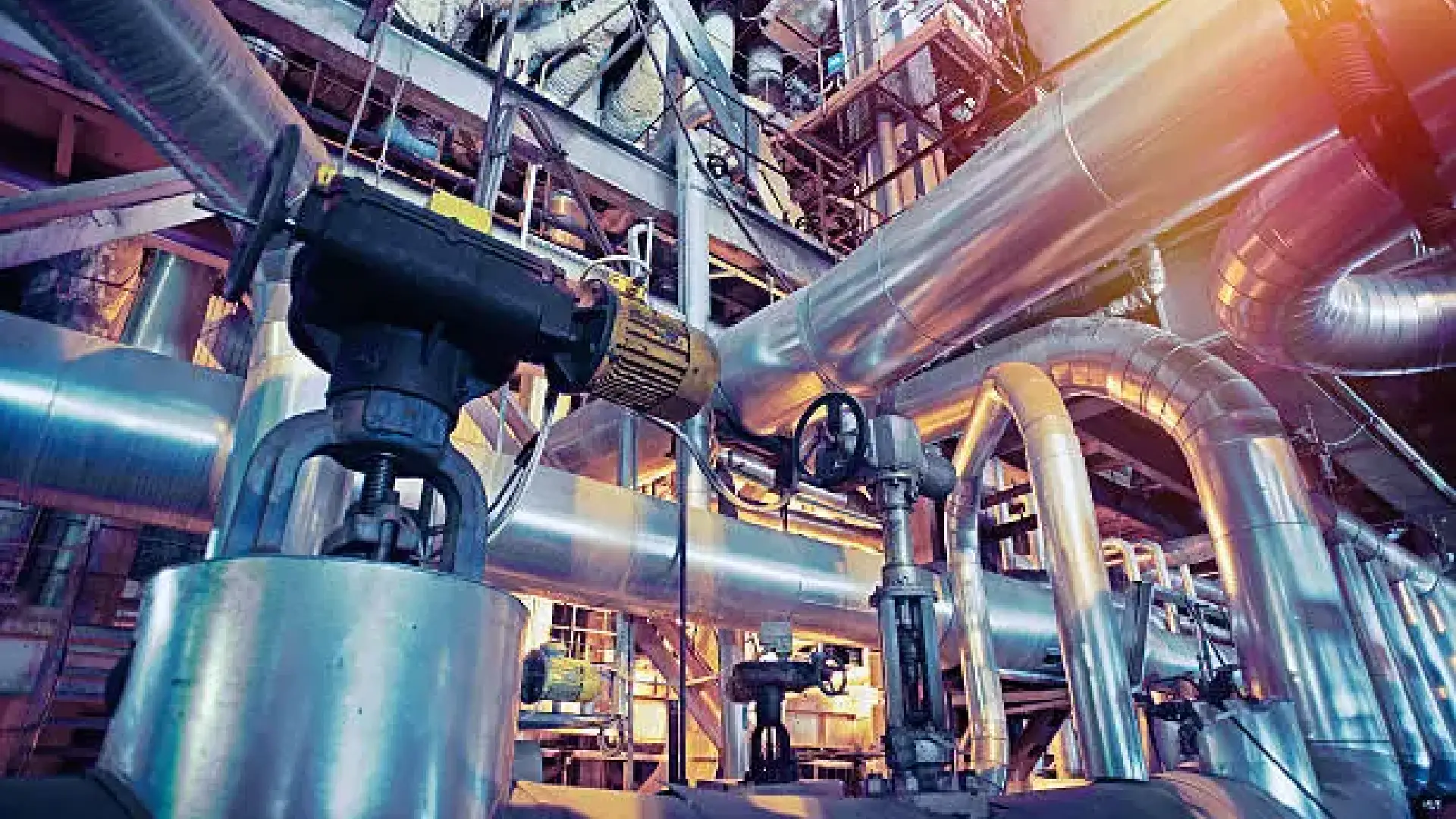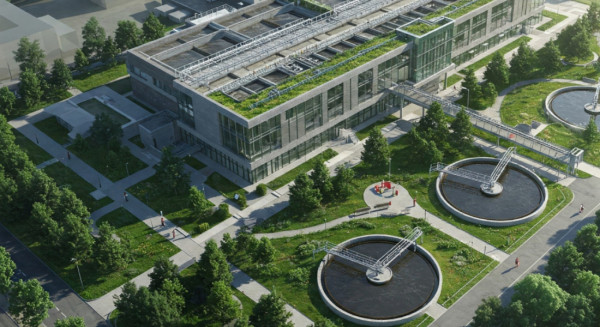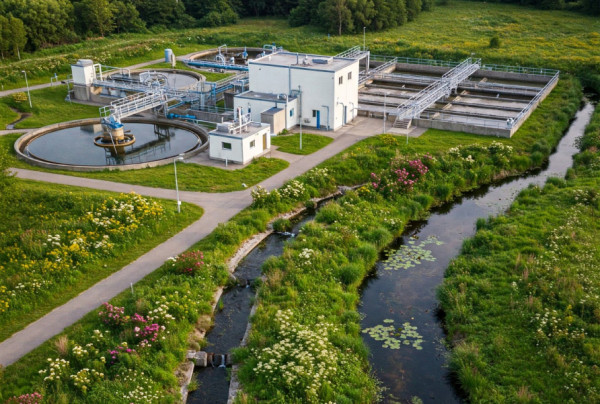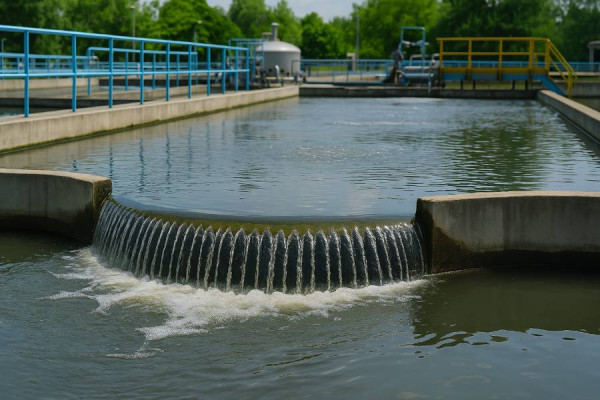News & Blogs
Water Supply Engineering in Nepal

Water Supply Engineering: Paving the Way for a Sustainable Future
Water is life. This simple truth has shaped civilizations for centuries, with the availability and efficient management of water playing a key role in the rise of cities and societies. Today, in the face of urbanization, population growth, and climate change, the need for well-planned water supply systems is more crucial than ever. In Nepal, where the geographical diversity ranges from the towering Himalayas to the lowland plains, water supply engineering faces its own set of challenges and opportunities. This blog aims to shed light on the importance of water supply engineering, particularly in Nepal, and how civil tech is revolutionizing this essential field.
Understanding Water Supply Engineering
Water supply engineering involves the planning, design, operation, and maintenance of systems that ensure a reliable and clean supply of water to communities. It includes water sourcing, treatment, storage, and distribution to end users, ensuring that quality and quantity meet both domestic and industrial needs.
In Nepal, where access to water can vary dramatically based on location, water supply engineering becomes even more critical. Cities like Kathmandu Valley face chronic water shortages, while rural areas may have access to fresh mountain springs but lack the infrastructure to distribute water efficiently.
Key Components of Water Supply Systems
A well-functioning water supply system has several key components that must work in harmony:
-
Water Source: This could be surface water (rivers, lakes, reservoirs) or groundwater (wells, aquifers). In Nepal, both are widely used. However, the sustainability of these sources is under pressure due to over-extraction, contamination, and erratic weather patterns influenced by climate change.
-
Water Treatment: Not all water is immediately fit for consumption. Water treatment processes, such as filtration, sedimentation, and chemical disinfection, remove harmful contaminants. In Nepal, many rural communities rely on untreated water, which poses significant health risks.
-
Storage: Reservoirs and water tanks ensure that communities have access to water even during times of low supply or high demand. In hilly regions of Nepal, building water storage systems that can withstand natural hazards like landslides and earthquakes is a major engineering challenge.
-
Distribution Network: The pipes, pumps, and valves that deliver water from its source to users form the backbone of any water supply system. In Nepal’s rugged terrain, laying and maintaining pipelines is often a labor-intensive and costly process.
-
Wastewater Management: After water is used, it must be disposed of or treated. Proper drainage and sanitation systems are critical to prevent the spread of waterborne diseases, which remain a concern in many parts of Nepal.
The Role of Civil Tech in Water Supply Engineering
In recent years, civil tech – the integration of technology in civil engineering – has emerged as a game-changer in the field of water supply engineering. Nepal has begun to adopt modern technologies to improve the efficiency and sustainability of its water systems.
Here are a few ways civil tech is transforming water supply engineering in Nepal:
-
Smart Water Management: The use of smart sensors and meters allows for real-time monitoring of water levels, quality, and distribution. This data-driven approach helps identify leaks, prevent overuse, and ensure equitable distribution, especially in areas like Kathmandu, where water shortages are prevalent.
-
GIS Mapping: Geographic Information Systems (GIS) help engineers visualize and manage water resources more effectively. In Nepal, GIS technology is being used to map water sources, distribution networks, and areas prone to shortages or contamination.
-
Sustainable Infrastructure: Civil tech emphasizes sustainable building practices, such as constructing water systems that minimize environmental impact and resist damage from natural disasters. Nepal’s unique geographical conditions require infrastructure that can endure landslides, earthquakes, and floods.
-
Community Involvement: Civil tech tools enable better communication between engineers, local authorities, and communities. Involving local communities in water supply management ensures that systems are designed and maintained according to real-world needs. This participatory approach is critical in Nepal, where local knowledge can significantly improve the effectiveness of water supply systems.
Challenges Facing Water Supply Engineering in Nepal
While technology offers promising solutions, water supply engineering in Nepal still faces significant hurdles:
-
Geographical Constraints: Nepal’s varied topography makes it difficult to implement uniform water supply solutions. Mountainous regions pose challenges in terms of accessibility, while the Terai (plains) region may face issues with water contamination and distribution.
-
Aging Infrastructure: Many water supply systems in Nepal, especially in urban areas, are outdated and inefficient. Leaks, breaks, and contamination are common, leading to significant water loss. Civil engineers must prioritize the renovation and expansion of these systems to meet modern needs.
-
Population Growth: Rapid urbanization has placed increasing demands on water supply systems, particularly in cities like Kathmandu. This has led to over-extraction of groundwater and reliance on tanked water, which is neither sustainable nor equitable in the long term.
-
Climate Change: Nepal’s water resources are heavily dependent on glacial melt and seasonal monsoons. Climate change is altering these patterns, resulting in either too much or too little water. Engineers must plan for these uncertainties, ensuring that water supply systems can handle both droughts and floods.
-
Financial Constraints: Implementing large-scale water supply projects requires significant investment, which can be a challenge for a developing country like Nepal. International aid and public-private partnerships are often necessary to fund these projects.
Solutions for the Future
Despite these challenges, there are several strategies that can improve water supply systems in Nepal:
-
Integrated Water Resource Management (IWRM): This approach considers the holistic management of water resources, taking into account environmental, social, and economic factors. IWRM encourages collaboration between different sectors, from agriculture to urban planning, ensuring that water is used efficiently across all areas of society.
-
Decentralized Systems: Small-scale, community-managed water supply systems can be more effective in rural areas where large infrastructure projects are impractical. Nepal has a long tradition of community involvement in water management, and decentralized systems build on this cultural strength.
-
Education and Awareness: Public education campaigns can promote water conservation and the importance of clean water. Encouraging communities to maintain and protect their water sources can have long-lasting benefits for water security.
-
Investment in Innovation: Nepal needs to continue investing in civil tech innovations that make water systems more efficient, sustainable, and resilient. This includes research into alternative water sources, such as rainwater harvesting and desalination, as well as technologies that reduce water wastage.
Water supply engineering is a cornerstone of sustainable development, and its importance in a country like Nepal cannot be overstated. With the help of modern civil tech solutions, Nepal can overcome its unique challenges and ensure that its people have access to clean, reliable water for generations to come. By investing in smart technologies, community involvement, and sustainable infrastructure, water supply engineering will play a pivotal role in shaping Nepal’s future.



